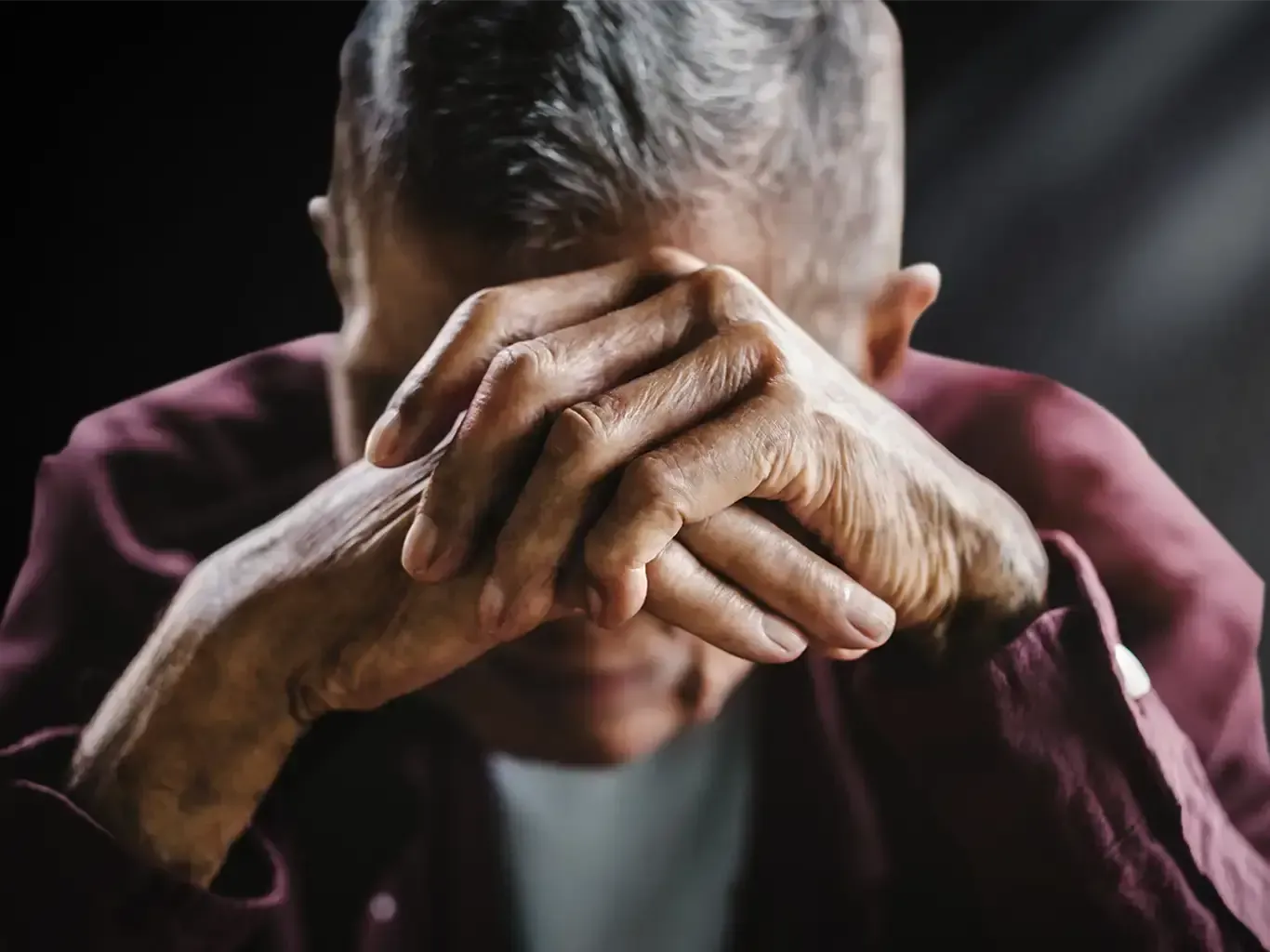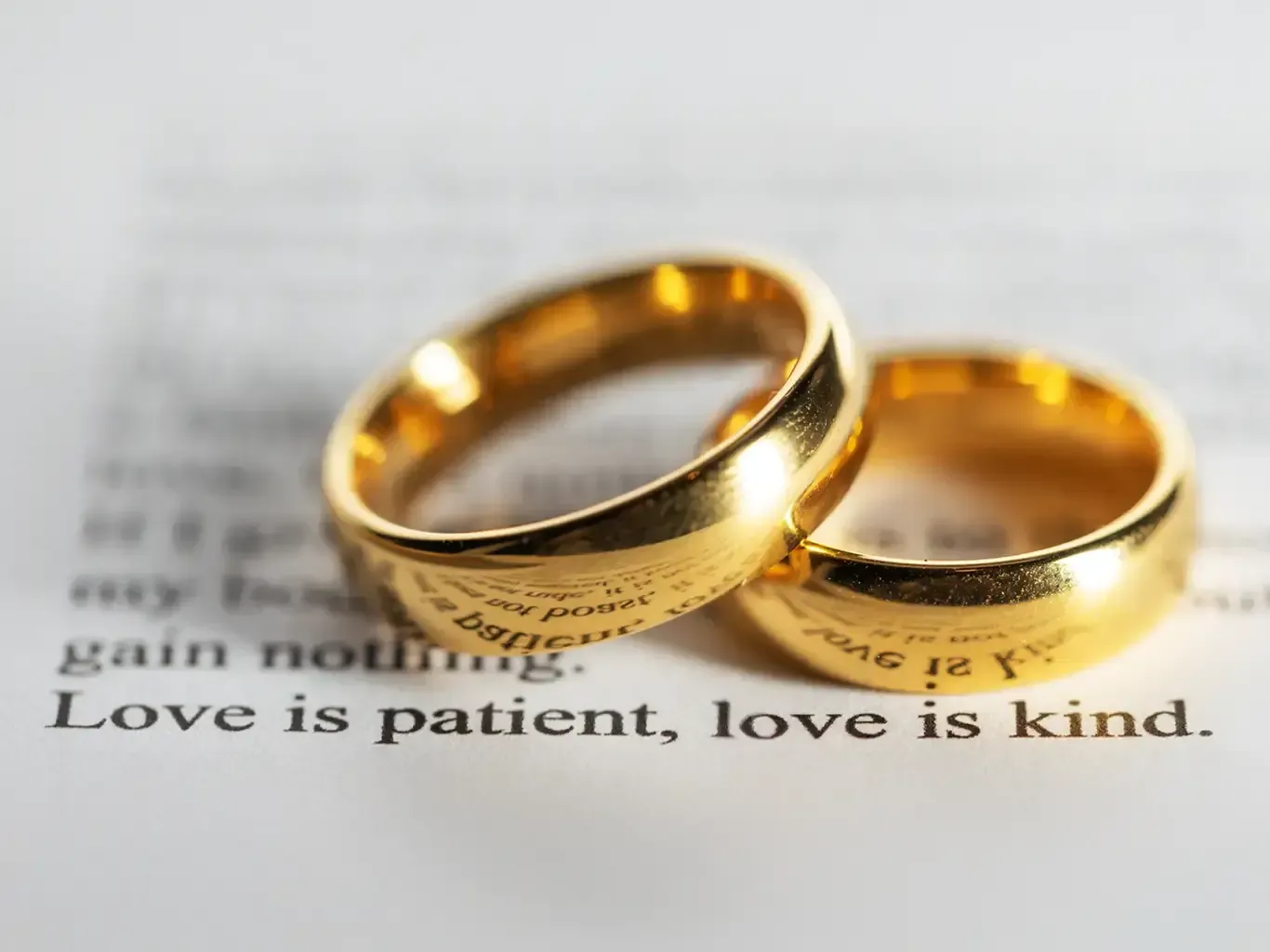Burnout: Why It Happens, How to Recognize It, and the Path Back to Balance
In a world that celebrates busyness and constant achievement, burnout has become increasingly common. It’s more than just stress or exhaustion - it’s a state of emotional, mental, and physical depletion that happens when we’ve been running on empty for too long.
If you’ve ever felt like you’re doing everything “right” yet still running on fumes, you’re not alone. Burnout is your body and mind’s way of saying
something needs to change.
Why Burnout Happens
Burnout develops gradually when the demands on you outweigh your capacity to meet them - especially when that imbalance persists over time.
Some of the most common contributors include:
- Perfectionism and overcommitment: Saying yes too often or feeling like you must do everything perfectly.
- Lack of control: Feeling powerless over your time, workload, or environment.
- Emotional labor: Constantly showing up for others without having space to care for yourself.
- Work-life imbalance: When rest, hobbies, and connection fall off the calendar.
- Values misalignment: When what you do each day doesn’t reflect what truly matters to you.
Over time, these patterns lead to emotional exhaustion, loss of motivation, and a sense of detachment - hallmarks of burnout.
How to Recognize the Signs
Burnout can look different for everyone, but it often begins subtly. What starts as fatigue or frustration can build into something more serious if ignored.
Emotional signs:
- Feeling detached, numb, or cynical
- Irritability, frustration, or emotional outbursts
- A sense of hopelessness or loss of purpose
Physical signs:
- Constant exhaustion that doesn’t improve with rest
- Headaches, muscle pain, or digestive issues
- Changes in sleep or appetite
- Getting sick more often
Cognitive and behavioral signs:
- Trouble concentrating or making decisions
- Declining motivation or productivity
- Withdrawing from social connections
- Feeling “checked out” even when you’re present
If several of these sound familiar, it may be time to slow down and reflect on what’s driving your exhaustion.
The Role of Boundaries and Saying No
One of the most powerful - and challenging - steps in recovering from burnout is learning to set boundaries.
Burnout thrives in environments where “no” feels off-limits and self-worth is tied to productivity. Boundaries are not selfish; they are acts of self-respect that protect your energy, your time, and your peace of mind.
Start by noticing where resentment or overwhelm tends to show up. Those emotions often point to areas where your limits are being crossed or ignored.
Examples of healthy boundaries might include:
- Not checking work messages after a certain hour
- Saying, “I can’t take that on right now,” without guilt or apology
- Blocking off personal time - even if it’s just a short walk or quiet morning
- Allowing yourself to disappoint others occasionally in order to care for yourself
Saying no can feel uncomfortable, especially if you’re used to being dependable or accommodating. But every time you honor a limit, you strengthen the foundation of your wellbeing. Boundaries don’t close you off from others - they allow you to show up more authentically and sustainably.
How to Begin Healing from Burnout
Burnout recovery isn’t about a single vacation or weekend off - it’s about gradually rebuilding balance, boundaries, and self-trust.
1. Acknowledge what’s happening.
Naming burnout helps shift the narrative from “What’s wrong with me?” to “What needs to change?”
2. Prioritize rest and recovery.
True rest means more than just sleep - it’s any activity that allows your nervous system to relax. Try scheduling downtime as deliberately as you schedule work.
3. Reconnect with your values.
Reflect on what truly matters to you and what gives your life meaning. Often, burnout is a signal that you’ve drifted too far from those core values.
4. Seek support.
You don’t have to navigate burnout alone. A therapist can help you identify the underlying patterns that led to burnout and create practical, compassionate steps toward recovery.
The Path Forward
Burnout can feel like a breaking point - but it can also be a turning point. It’s an invitation to slow down, listen to your needs, and rebuild a life that supports your energy instead of draining it.
Healing doesn’t mean returning to who you were before burnout. It means becoming someone who can care for others, achieve goals, and live fully - without losing yourself in the process.
A Note from Your Therapist
If you’re noticing signs of burnout, please know that you’re not alone - and that healing is possible. Together, we can explore what’s been depleting you, rebuild healthy boundaries, and help you reconnect with your sense of purpose and calm. You deserve support, rest, and balance.







